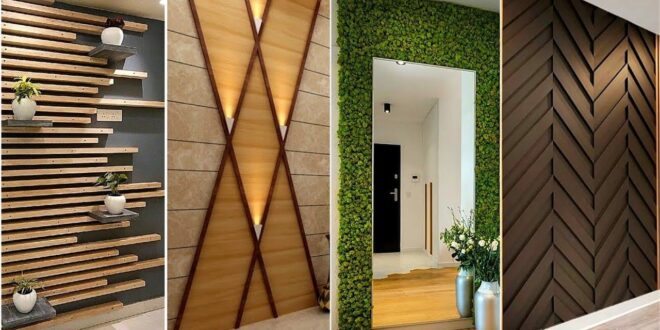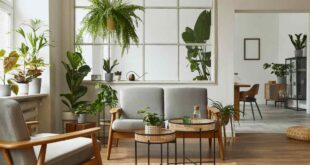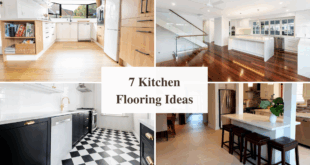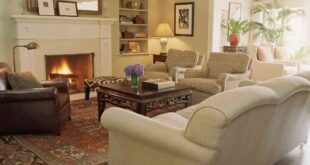Transform Your Space: Creative Wall Design Ideas for Every Room
Walls. They’re more than just structural necessities; they’re blank canvases waiting to be transformed into stunning reflections of your personality and style. Whether you’re aiming for a cozy haven, a vibrant social hub, or a sophisticated workspace, the right wall design can completely revolutionize the ambiance of any room. Forget boring, plain walls – let’s dive into a world of inspiring ideas that will help you unleash your inner interior designer!
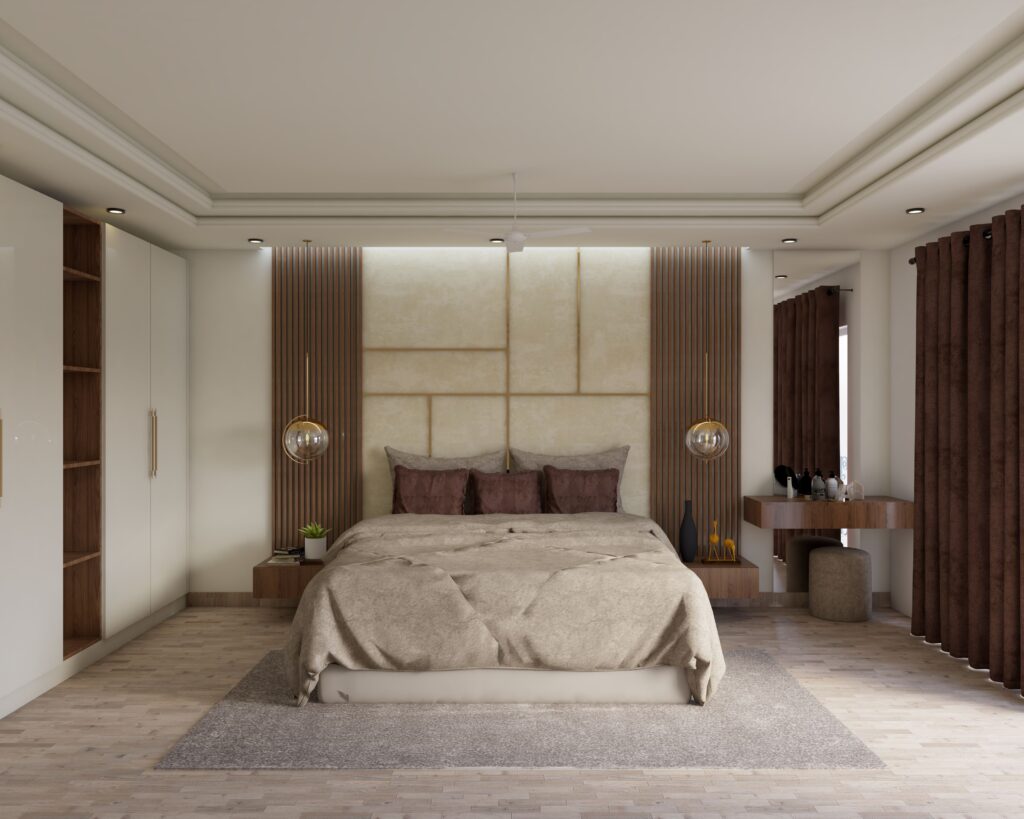
Understanding Your Style and Space
Before you even think about paint colors or wallpaper patterns, take a step back and really consider your personal style. Are you drawn to minimalist aesthetics, embracing clean lines and neutral tones? Or do you prefer a more maximalist approach, layering textures, colors, and patterns to create a rich and eclectic atmosphere? Understanding your preferences is crucial in guiding your wall design choices.
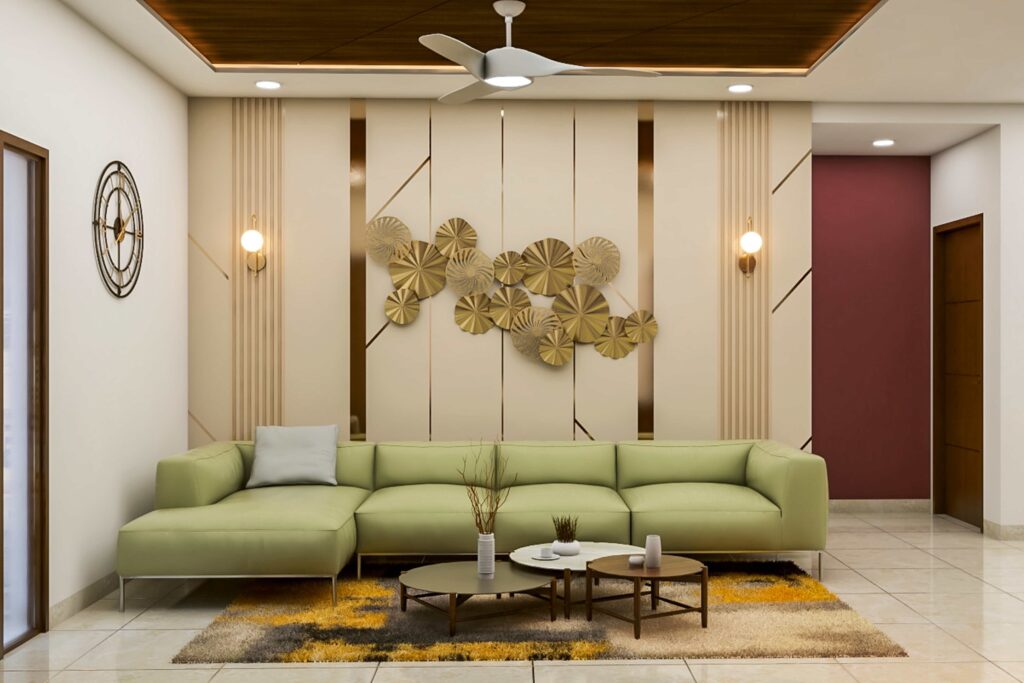
Also, analyze the space itself. What is the size of the room? What is the natural lighting like? High ceilings invite bolder designs, while smaller rooms benefit from lighter colors and strategic use of mirrors to create an illusion of spaciousness. Dark rooms can be brightened with vibrant hues, while naturally bright spaces can handle richer, deeper shades.
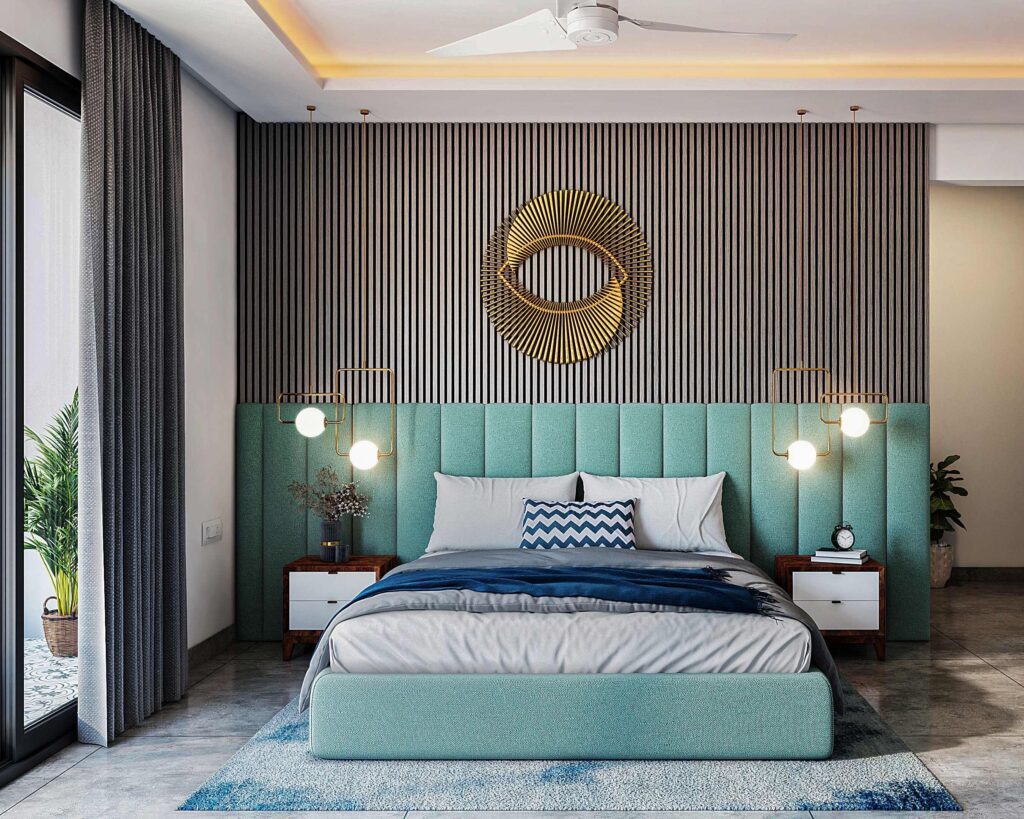
Paint: The Timeless Classic
Paint remains the most versatile and budget-friendly option for wall design. It offers an endless spectrum of colors, finishes, and techniques to suit any style. But don’t underestimate the power of a simple coat of paint – it can completely transform a room’s mood.
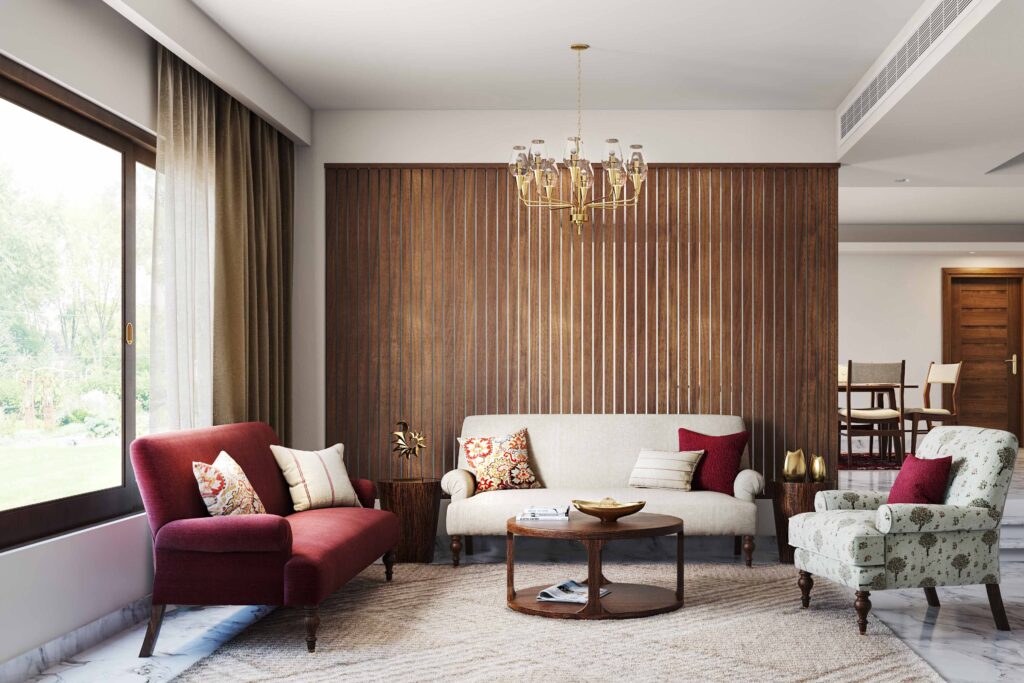
Choosing the Right Colors
Color psychology plays a significant role in how a room feels. Cool colors like blues and greens tend to create a calming and relaxing atmosphere, making them ideal for bedrooms and bathrooms. Warm colors like reds, oranges, and yellows evoke feelings of energy and excitement, making them suitable for living rooms and dining areas. Neutral colors like grays, beiges, and whites provide a versatile backdrop that can be easily accessorized with pops of color.
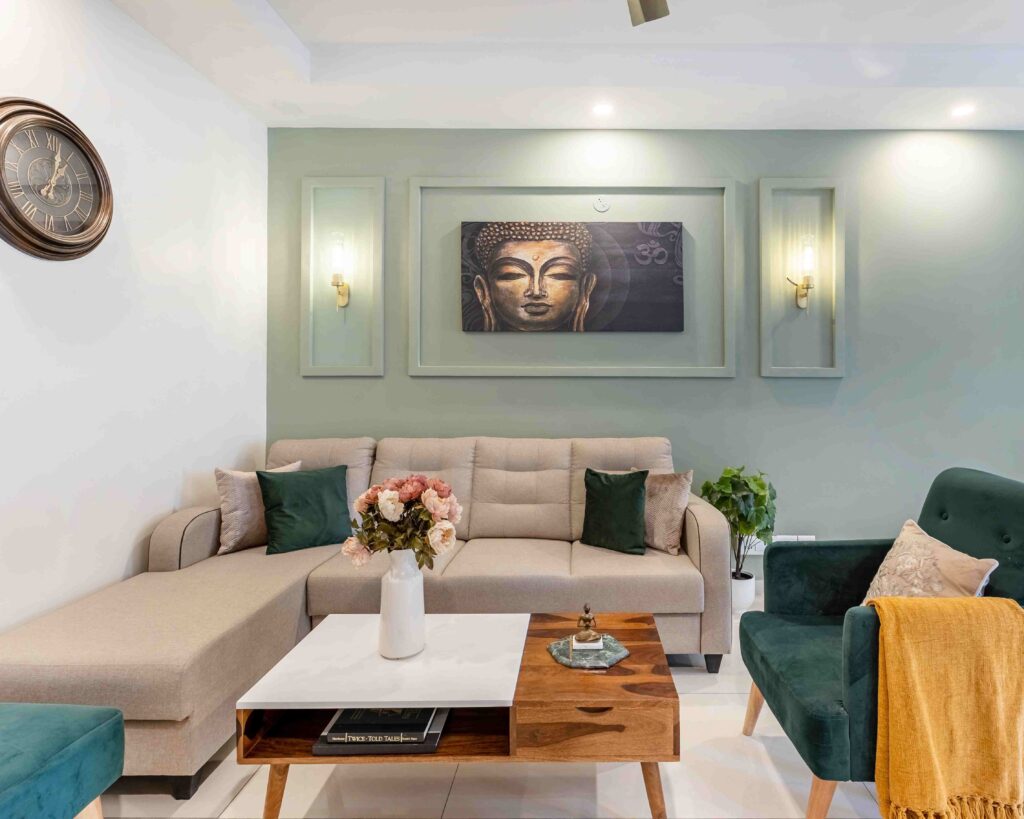
Consider the undertones of the colors you choose. A cool gray might have blue or green undertones, while a warm gray might have yellow or beige undertones. These subtle differences can significantly impact how the color looks in your room, especially under different lighting conditions. Always test paint samples on your walls before committing to a full application.
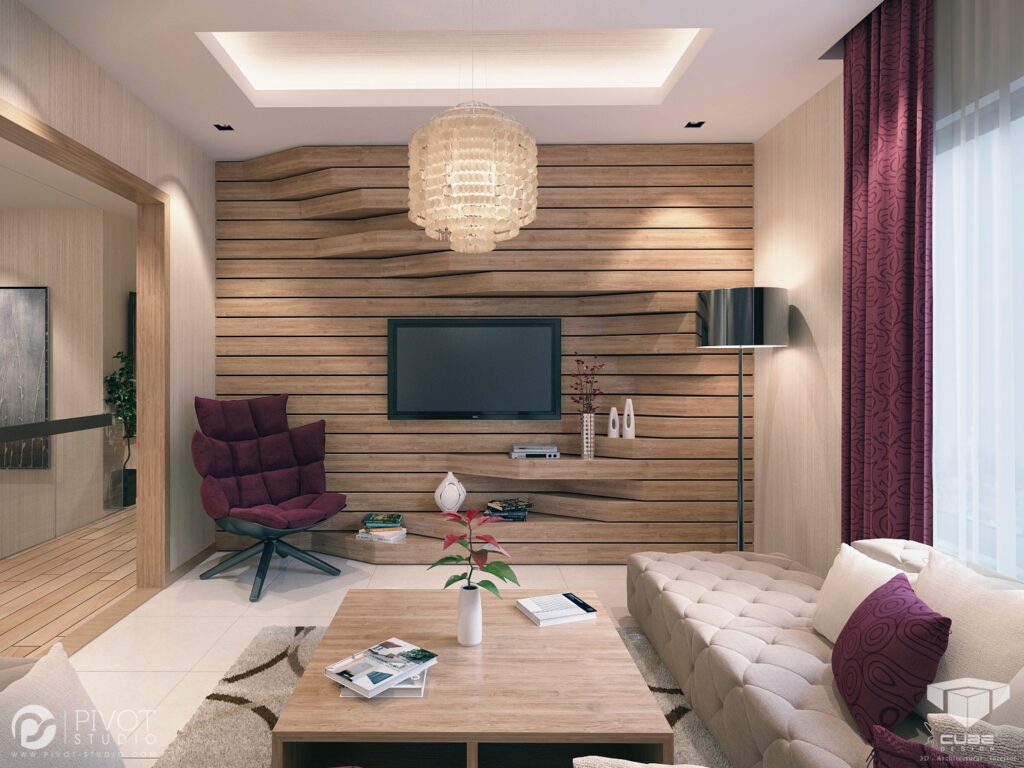
Beyond a Single Color: Creative Painting Techniques
- Accent Walls: A single wall painted in a bold color can create a focal point and add visual interest to a room. Choose a wall that naturally draws the eye, such as the wall behind your bed or sofa.
- Ombre Effect: Create a subtle gradient effect by blending different shades of the same color. This technique adds depth and dimension to a wall.
- Stripes: Vertical stripes can make a room appear taller, while horizontal stripes can make it appear wider. Experiment with different stripe widths and color combinations.
- Geometric Patterns: Use painter’s tape to create geometric patterns like triangles, squares, or hexagons. This adds a modern and artistic touch to your walls.
- Stenciling: Use stencils to create intricate designs or patterns on your walls. This is a great way to add a personalized touch to your space.
- Sponge Painting: Achieve a textured look by applying paint with a sponge. This technique is forgiving and easy to do, making it perfect for beginners.
Wallpaper: Adding Texture and Pattern
Wallpaper has made a major comeback in recent years, offering a wide range of designs, textures, and materials to choose from. From classic floral patterns to modern geometric prints, wallpaper can add personality, depth, and sophistication to any room.
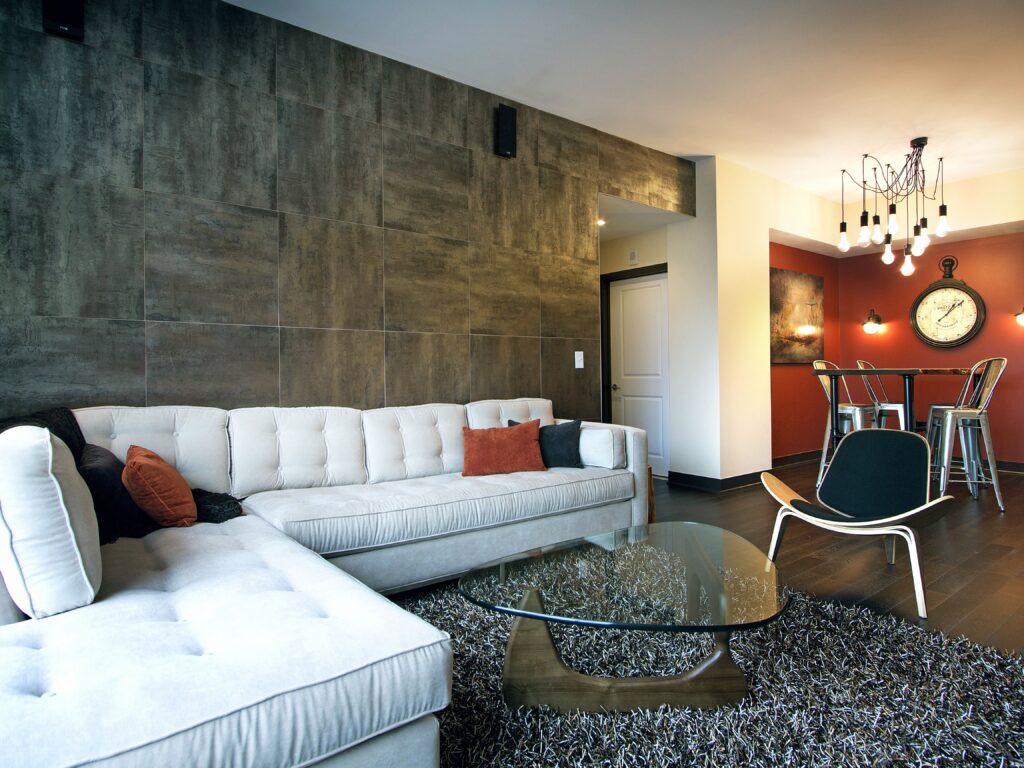
Choosing the Right Wallpaper
Consider the scale of the pattern in relation to the size of the room. Large-scale patterns can overwhelm small spaces, while small-scale patterns can get lost in large spaces. Also, think about the color scheme and the overall style you’re trying to achieve.
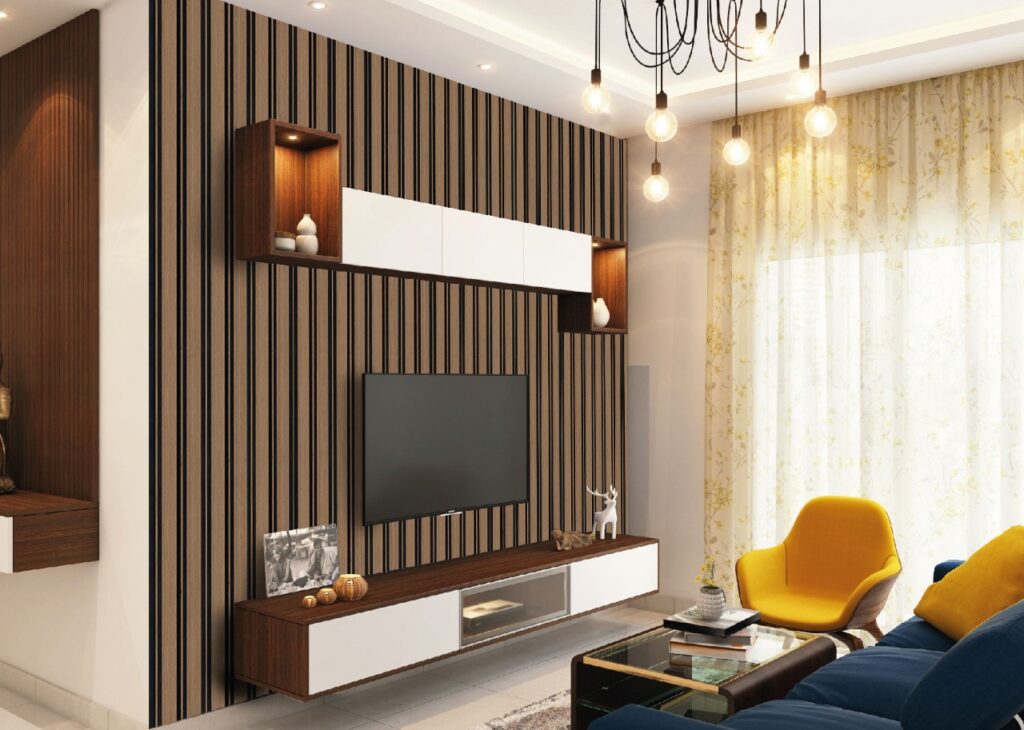
Wallpaper comes in various materials, each with its own unique properties. Vinyl wallpaper is durable and easy to clean, making it a good choice for high-traffic areas like kitchens and bathrooms. Fabric wallpaper adds a luxurious and textured feel to a room. Grasscloth wallpaper brings a natural and organic element to your space.
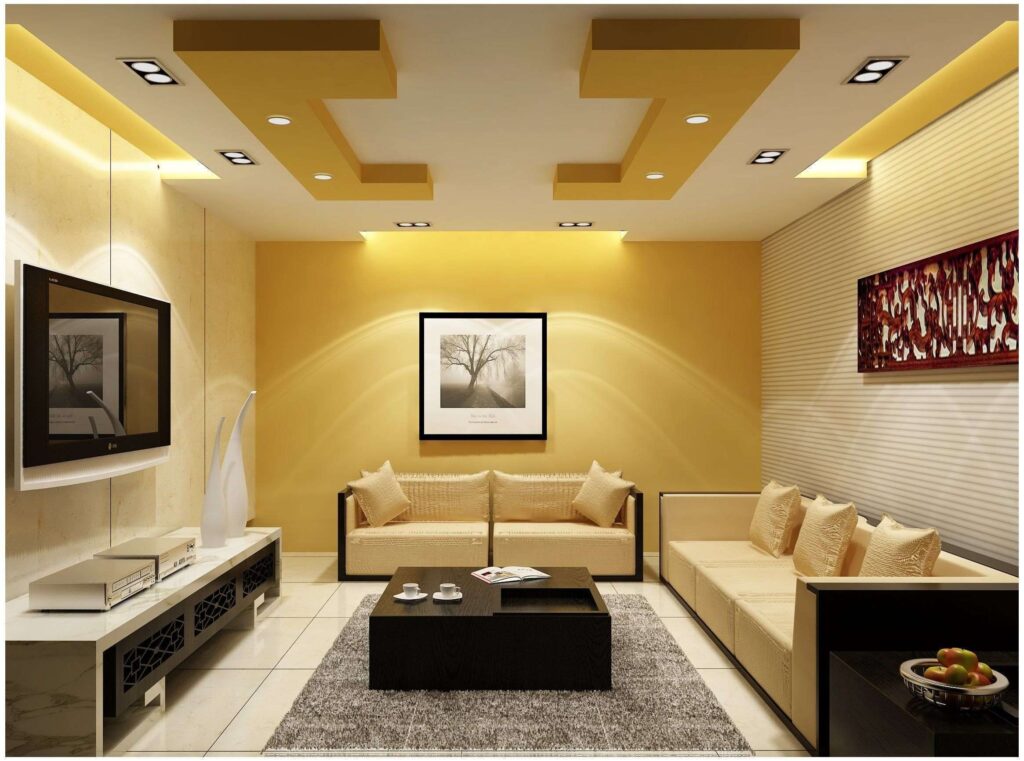
Wallpaper Application Tips
Proper wallpaper installation is crucial for achieving a professional-looking result. Start by preparing the walls – clean them thoroughly and fill any holes or cracks. Apply wallpaper paste evenly and smoothly, and carefully align the seams to avoid visible gaps. Use a seam roller to ensure that the wallpaper adheres properly to the wall.
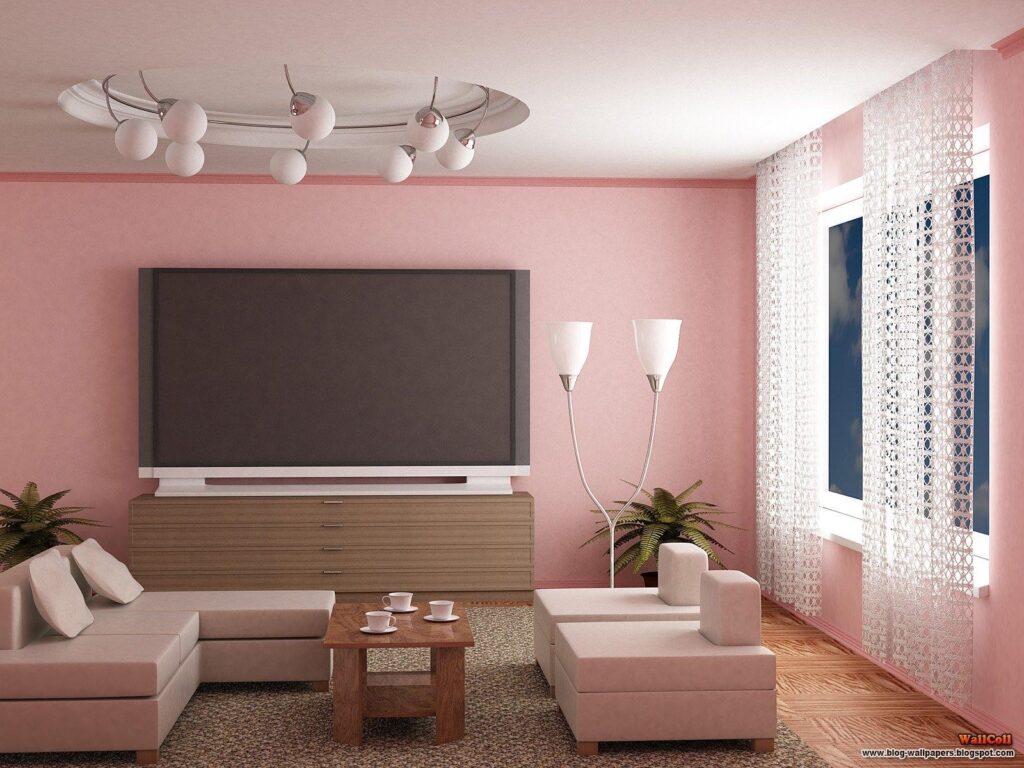
Wall Paneling: Adding Architectural Interest
Wall paneling is a classic way to add architectural interest and character to a room. It comes in various styles, from traditional wainscoting to modern shiplap, and can be used to create a variety of different looks.
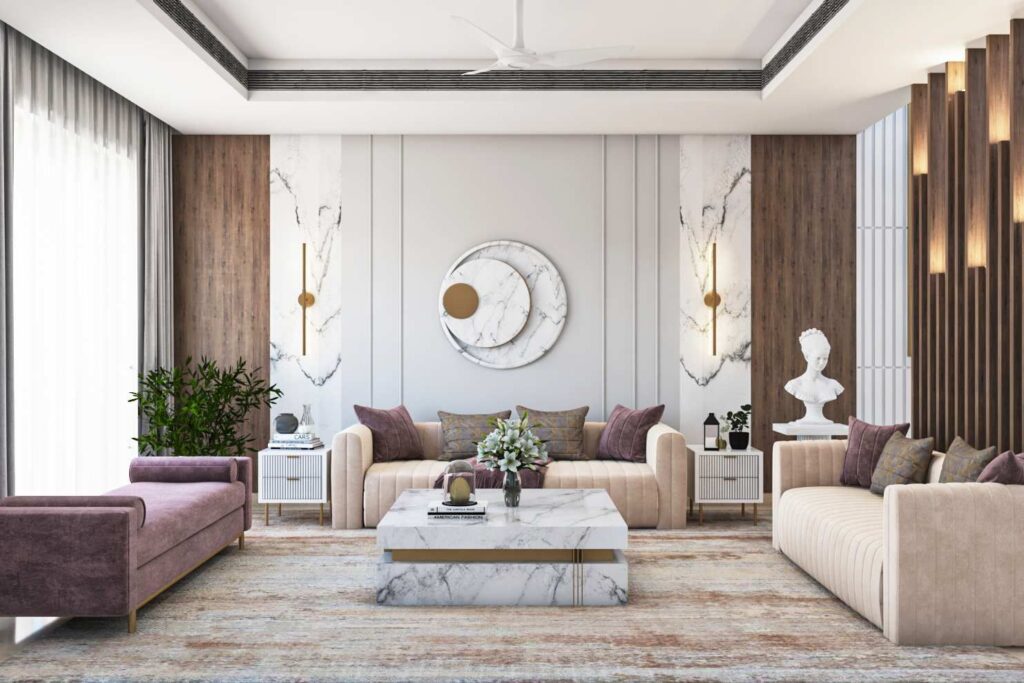
Types of Wall Paneling
- Wainscoting: Wainscoting is a type of paneling that typically covers the lower portion of a wall. It adds a traditional and elegant touch to a room.
- Shiplap: Shiplap is a type of paneling that consists of horizontal planks that overlap slightly. It adds a rustic and farmhouse-inspired feel to a room.
- Board and Batten: Board and batten paneling consists of vertical boards with thin strips of wood (battens) placed over the seams. It adds a modern and architectural element to a room.
- Beadboard: Beadboard paneling consists of narrow vertical planks with a small bead detail. It adds a charming and cottage-inspired feel to a room.
Installing Wall Paneling
Wall paneling can be installed by a professional or as a DIY project. Start by measuring the walls and cutting the panels to size. Attach the panels to the wall using construction adhesive and nails. Fill any nail holes with wood filler and sand smooth. Paint or stain the paneling to match your desired color scheme.
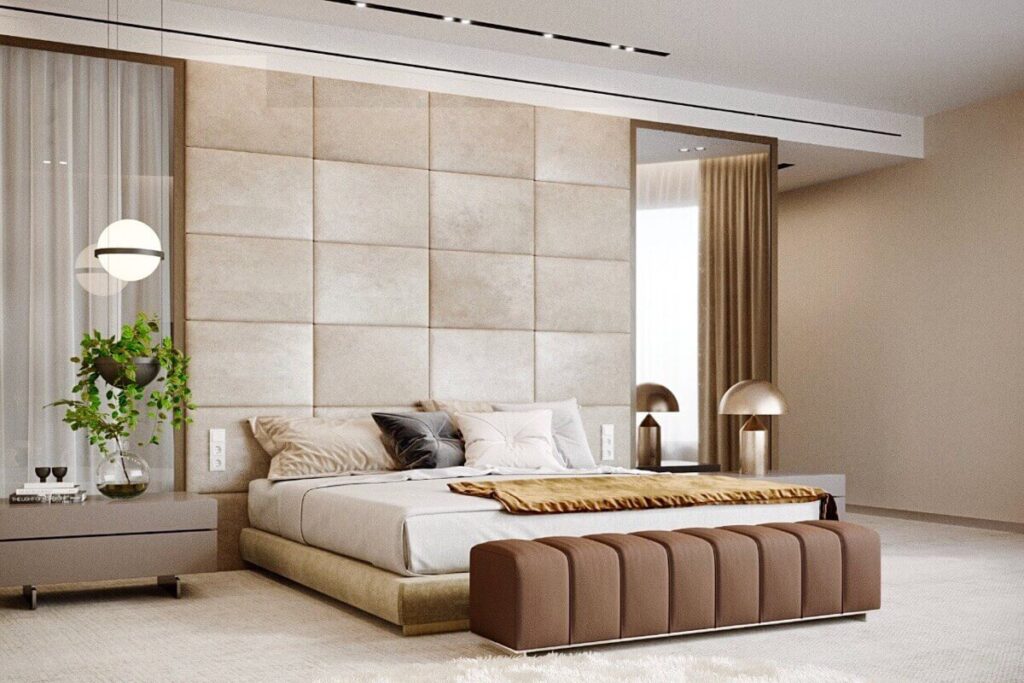
Decorative Wall Accents: Adding Personality and Flair
Decorative wall accents are a great way to add personality and flair to your walls. From artwork and mirrors to shelves and plants, there are endless possibilities to choose from.
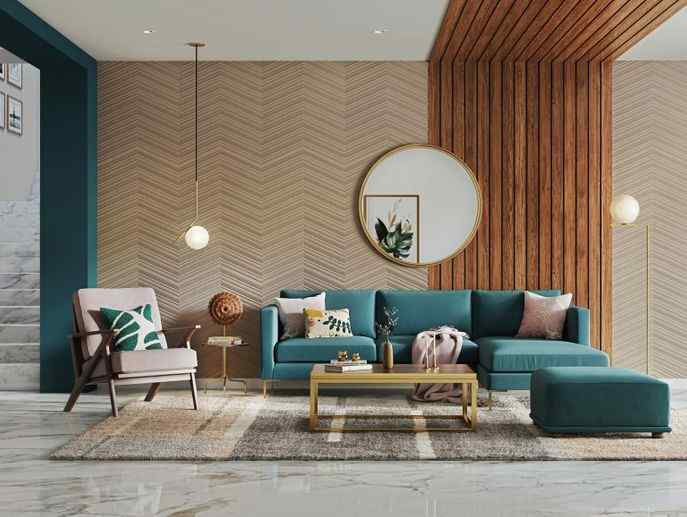
Artwork: Expressing Your Creativity
Artwork is a powerful way to express your personal style and add visual interest to your walls. Choose pieces that you love and that complement the overall aesthetic of your room. Consider the size, color, and style of the artwork in relation to the size and style of the room.

Create a gallery wall by grouping together multiple pieces of artwork in different sizes and shapes. This is a great way to showcase a collection of your favorite pieces and create a focal point in the room.
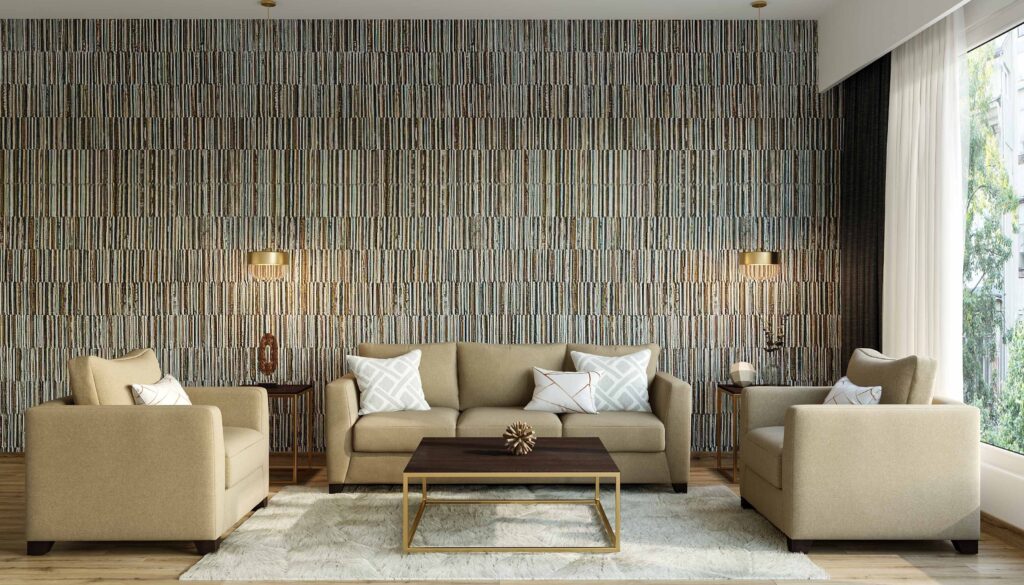
Mirrors: Creating the Illusion of Space
Mirrors are a fantastic way to create the illusion of space and reflect light in a room. They can make a small room feel larger and a dark room feel brighter. Place a large mirror on a wall to create a dramatic effect or group together smaller mirrors to create a decorative display.
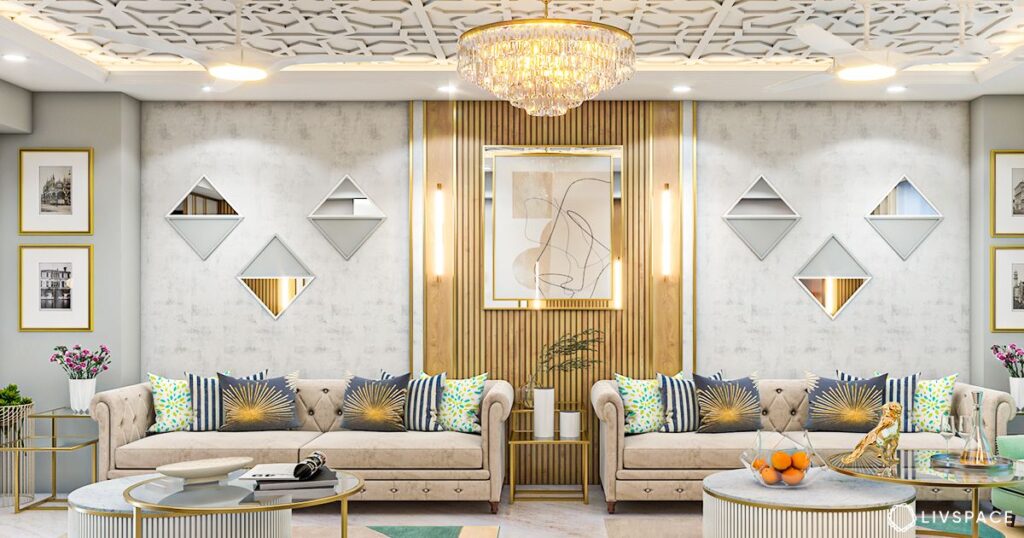
Shelves: Combining Function and Style
Shelves are a practical and stylish way to display books, plants, and other decorative items. Choose shelves that complement the overall aesthetic of your room and that provide ample storage space. Floating shelves are a popular choice for their clean and modern look.
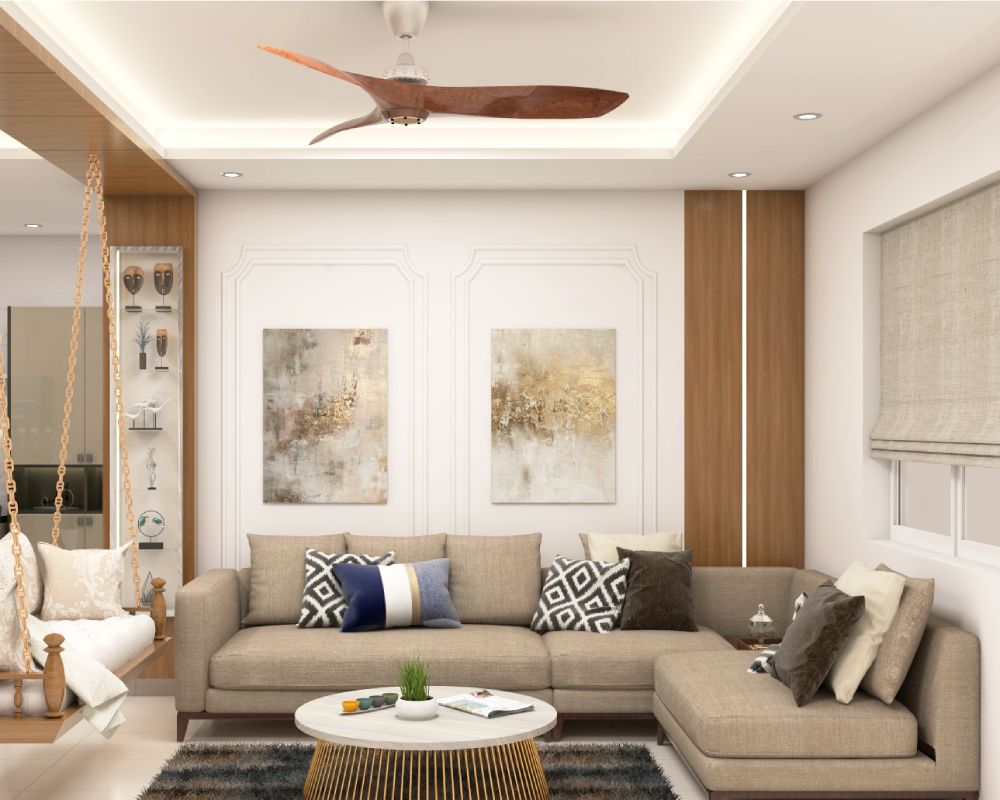
Plants: Bringing the Outdoors In
Plants add a touch of nature and freshness to any room. They can also help to purify the air and improve your mood. Choose plants that thrive in the lighting conditions of your room and that complement the overall style of your decor. Consider using wall-mounted planters or hanging baskets to add vertical interest to your walls.
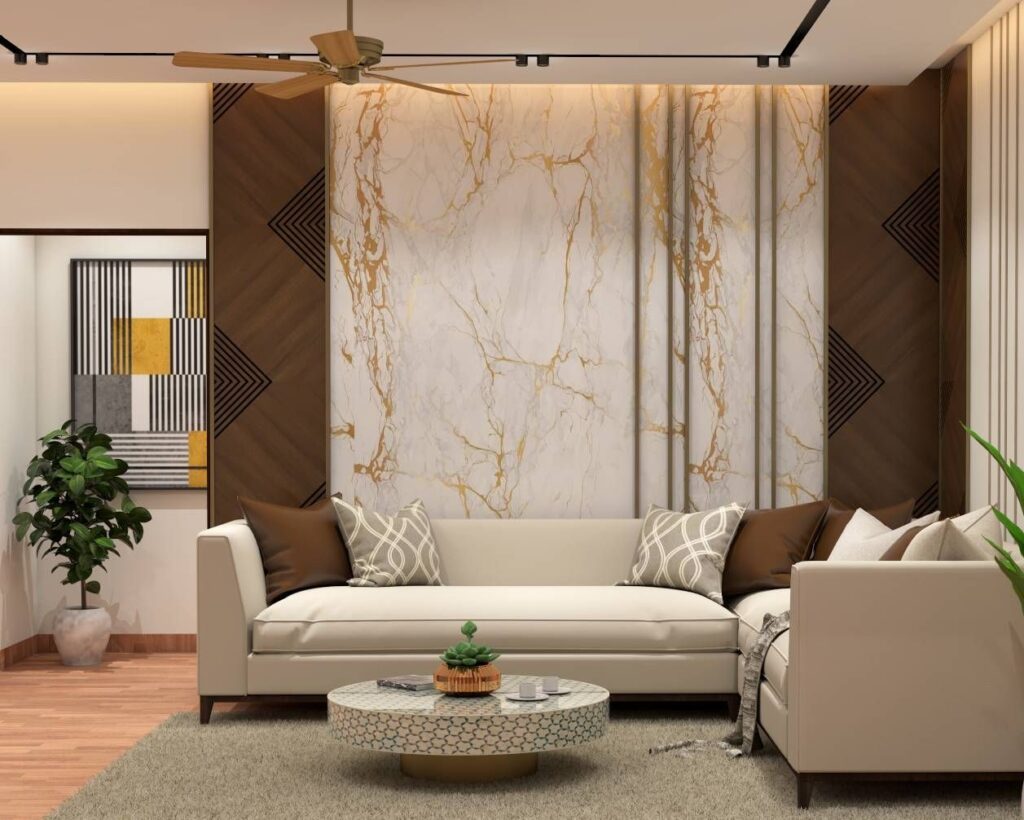
Specific Room Ideas
Living Room
The living room is often the heart of the home, and wall design plays a crucial role in setting the tone. Consider a gallery wall featuring family photos, artwork, or travel mementos. A large statement mirror can enhance the sense of space and light. For a cozy and inviting atmosphere, try incorporating textured wallpaper or wall paneling.
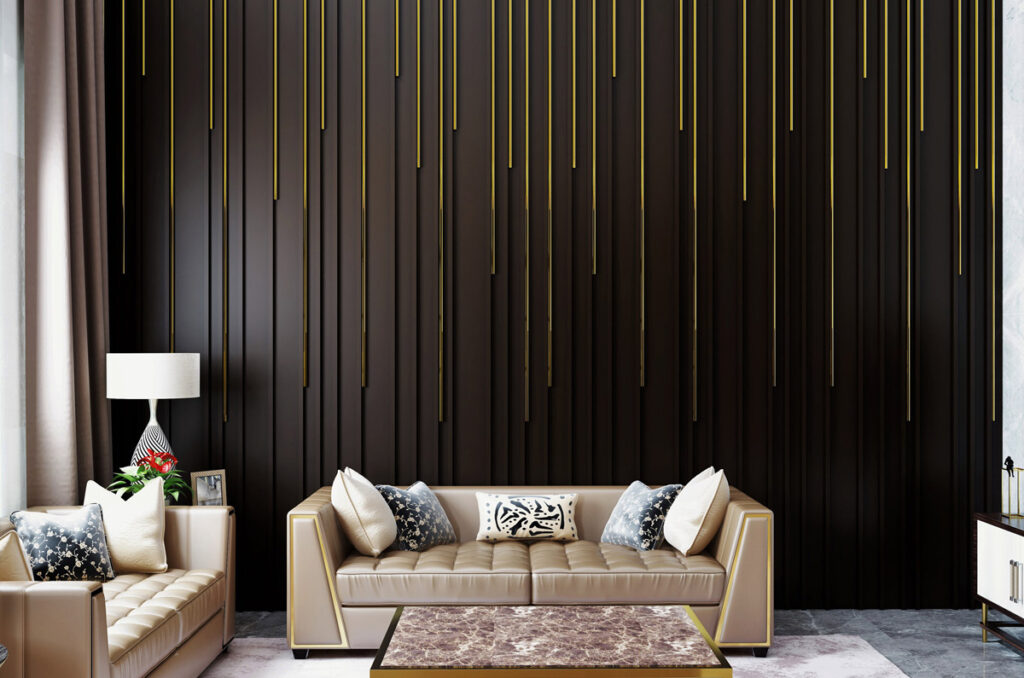
Bedroom
The bedroom should be a sanctuary, a place of peace and relaxation. Opt for calming colors like blues, greens, or grays. A headboard wall featuring a textured fabric or a subtle wallpaper pattern can create a focal point. Consider adding floating shelves for books and plants to create a serene and inviting atmosphere.
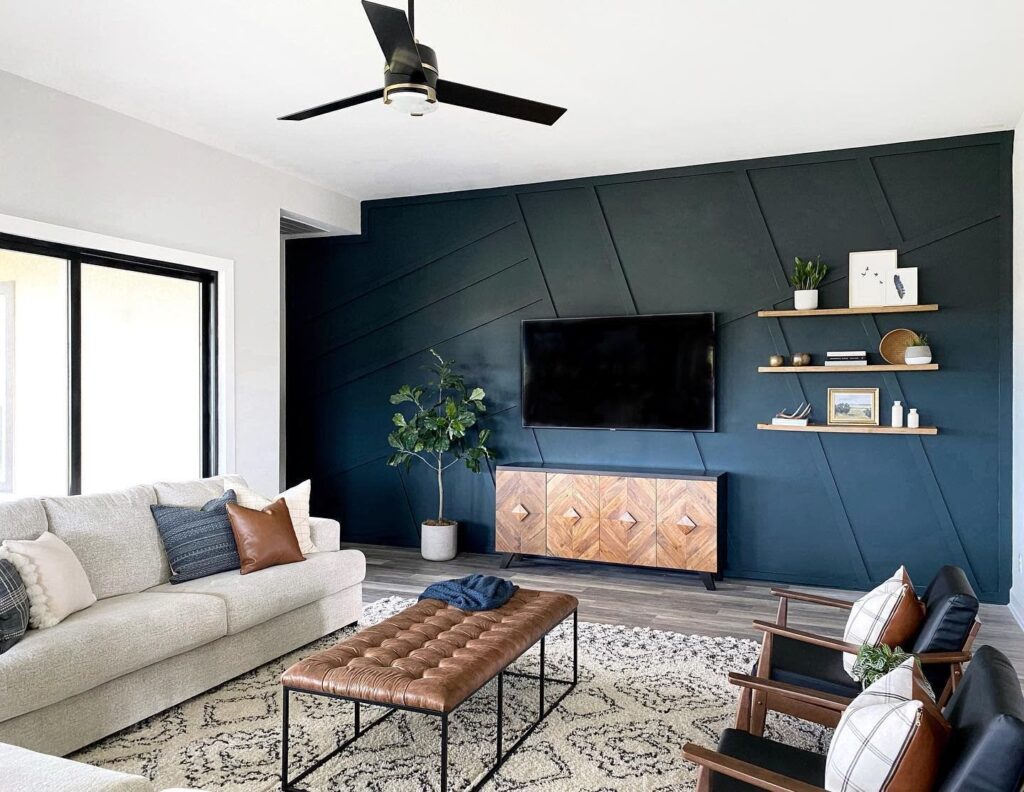
Kitchen
The kitchen is a functional space, but that doesn’t mean it can’t be stylish. Consider using a backsplash tile in a bold color or pattern to add visual interest. Open shelving can be used to display dishes and cookware. A chalkboard wall can be a fun and practical way to keep track of grocery lists and recipes.
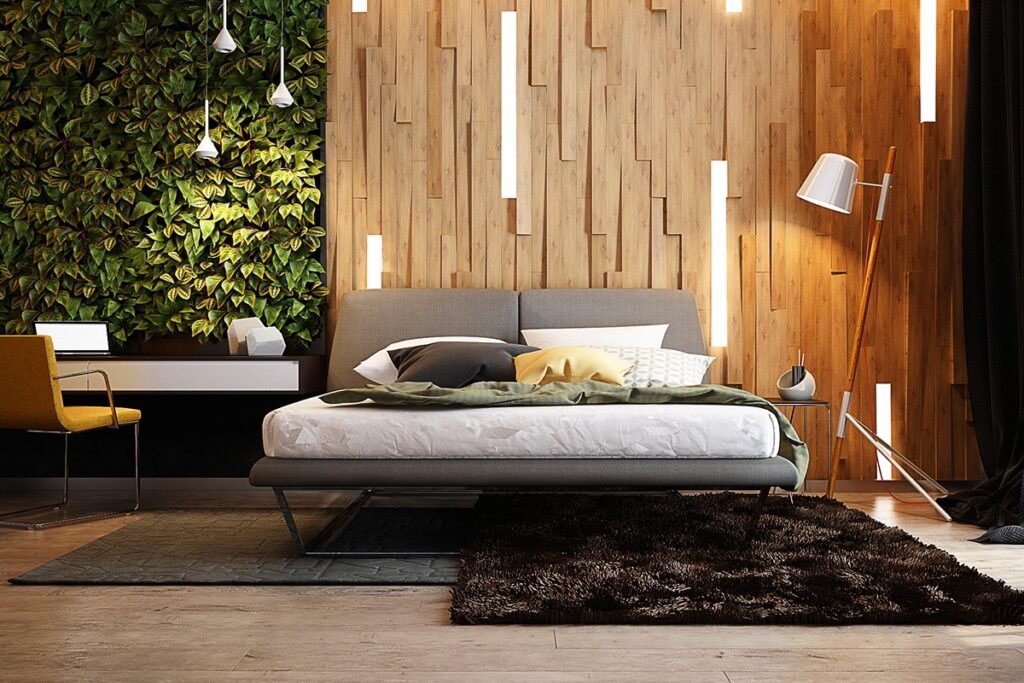
Bathroom
The bathroom is a place for relaxation and rejuvenation. Consider using waterproof wallpaper or tiles in a spa-like color palette. A large mirror can enhance the sense of space and light. Add floating shelves for toiletries and decorative items.
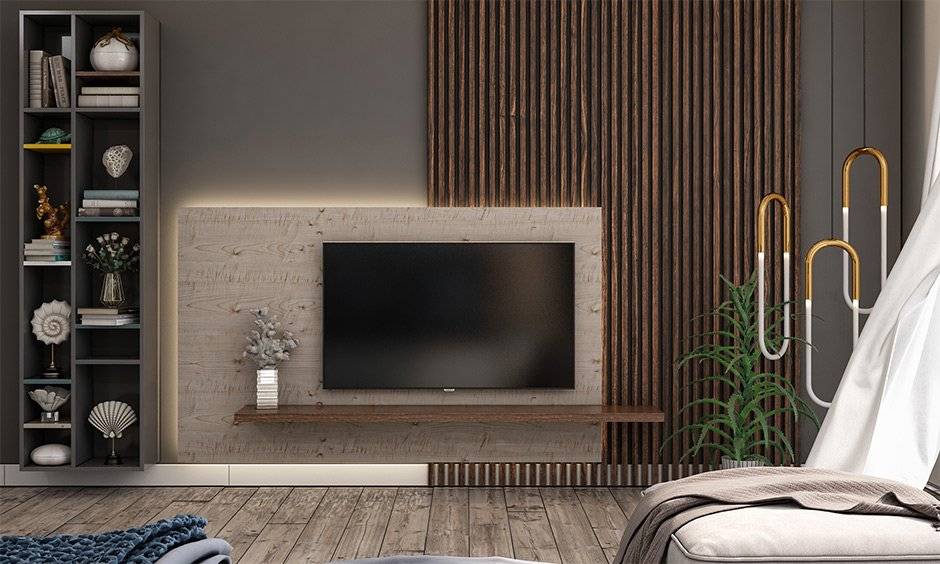
Budget-Friendly Wall Design Ideas
You don’t need to break the bank to transform your walls. Here are a few budget-friendly ideas:
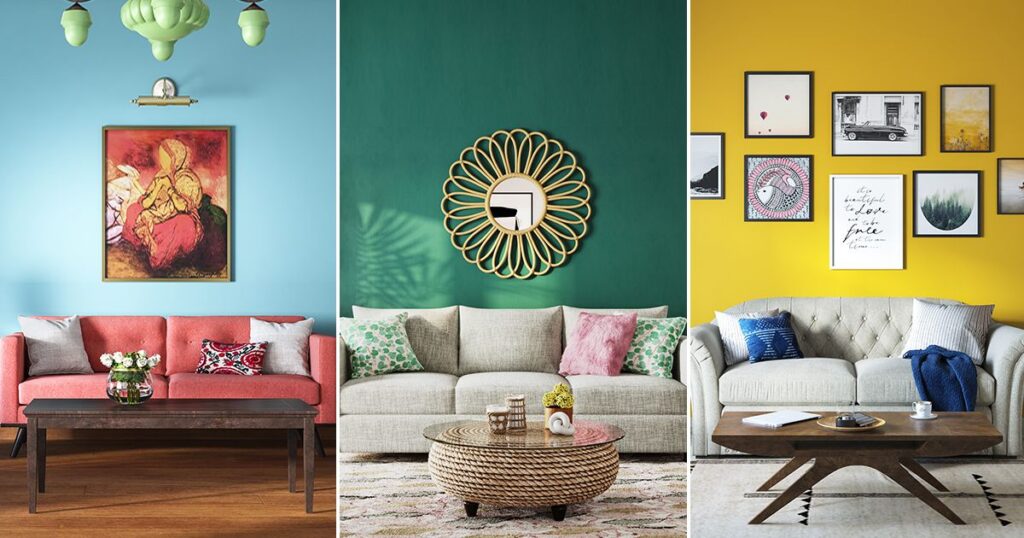
- DIY Wall Art: Create your own artwork using inexpensive materials like canvas, paint, and stencils.
- Repurpose Old Items: Turn old maps, posters, or fabric scraps into unique wall decor.
- Thrift Store Finds: Hunt for vintage frames, mirrors, and other decorative items at thrift stores.
- Washi Tape Designs: Use washi tape to create geometric patterns or other designs on your walls.
- Photo Prints: Print out your favorite photos and create a gallery wall.
Staying on Trend: Current Wall Design Inspirations
The world of interior design is constantly evolving, and wall design is no exception. Some current trends to consider include:
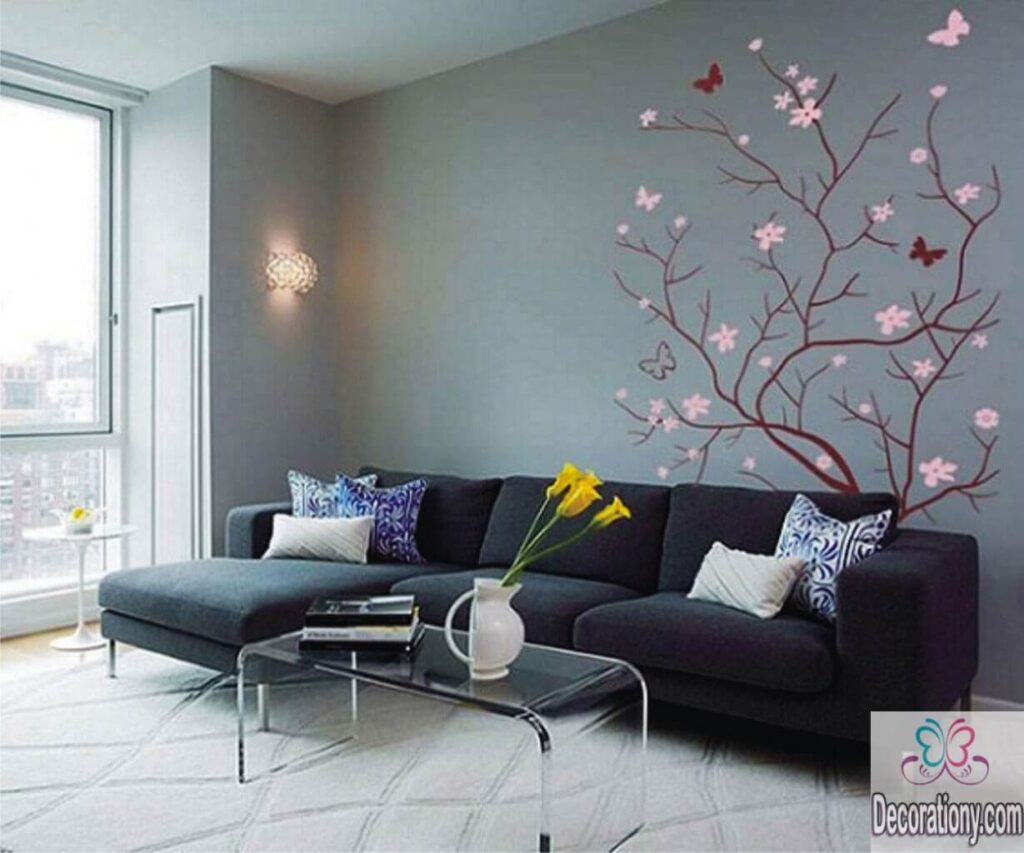
- Biophilic Design: Incorporating natural elements like plants, wood, and stone into your wall design.
- Geometric Patterns: Bold and graphic geometric patterns are making a comeback.
- Textured Walls: Adding depth and dimension with textured wallpaper, paint techniques, or wall panels.
- Statement Walls: Creating a focal point with a bold color, pattern, or texture.
- Minimalist Design: Embracing clean lines and neutral colors for a sophisticated and understated look.
Final Thoughts: Personalizing Your Space
Ultimately, the best wall design is one that reflects your personal style and makes you feel comfortable and happy in your space. Don’t be afraid to experiment with different ideas and techniques until you find something that you love. Remember, your walls are a blank canvas – use them to express your creativity and create a space that is uniquely yours.
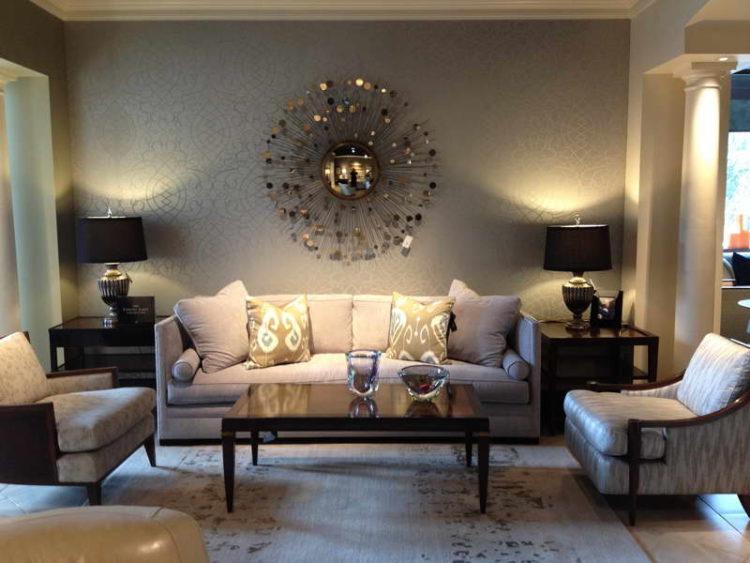
Transforming your walls doesn’t have to be a daunting task. With a little planning, creativity, and inspiration, you can create a space that is both beautiful and functional. So, go ahead and unleash your inner interior designer and transform your walls into stunning works of art!
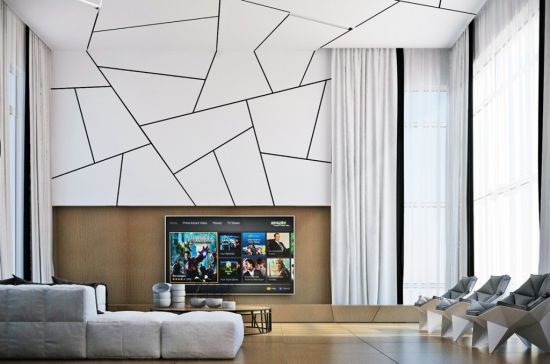
 Nimila
Nimila
